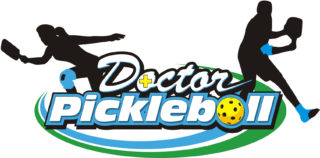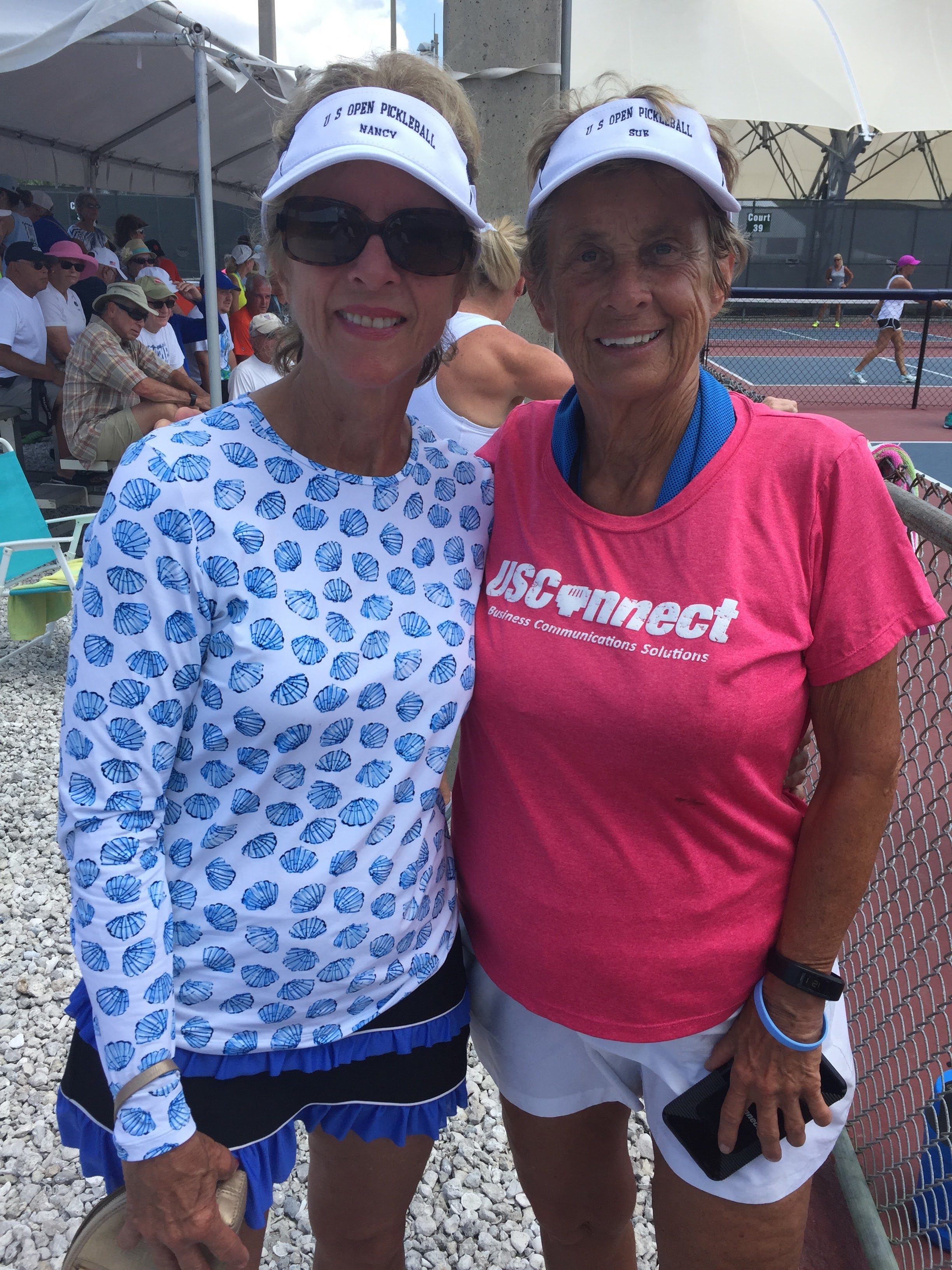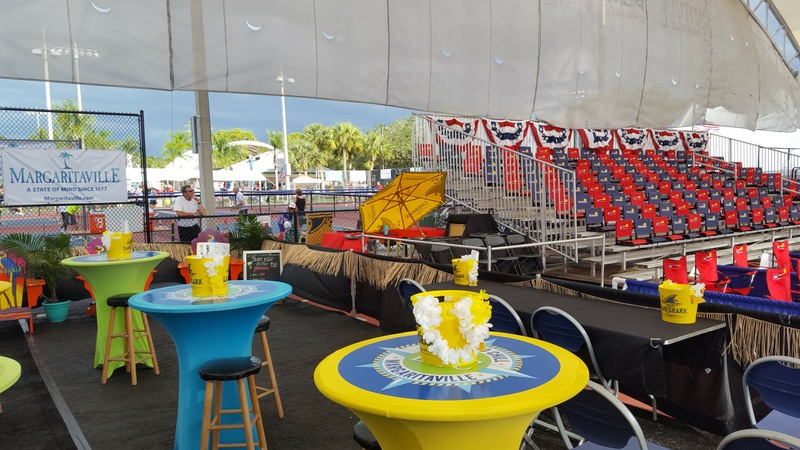Principles of Bracing for Pickleball Athletes
In some Pickleball circles there should be extra points awarded to the player who dons the most braces. Although bracing can be important mostly in the mature pickleball player, it is important to think about the reasons for wearing a brace based on the symptoms and conditions. If a player is recovering from an injury to the knee and cannot play without the use of a brace, that individual should likely not be playing, but initiating or continuing rehab . There is at times some concern that the use of a brace (especially knee and back braces) may result in some dependence and possible weakening of the area since the brace is taking over some of the muscle and ligament support function. Bracing for chronic conditions, however, can be an important part of keeping you playing every day.
Most bracing for Seniors is done to provide an element of compression and support and possibly warmth. There is always a trade-off between the constraint and support of a brace and comfort. Many a knee brace sits on the shelf or in the garbage because of poor fit or comfort. It is important to understand that there is no knee brace that will make an inherently unstable knee completely stable ( such as with chronic ACL injuries with laxity).
Knee Brace Materials-Most knee braces are made of neoprene with varying cutouts, straps, pads, or even hinges to provide extra support. There are other choices if neoprene is a problem.
Neoprene is a synthetic rubber material designed to be very flexible, durable, supportive, and resistant to breakdown by water. It is great for winter and water sports. The major disadvantages for pickleball athletes are that the material is not breathable and tends to retain odor and sweat. As a result, neoprene can lead to skin irritation or rashes. These braces hold up very well over time. Manufacturers include Mueller, Breg, McDavid, DonJoy, Bird and Cronin.
Knit compression braces–A great alternative to a neoprene brace is a fabric knit compression brace by such manufacturers as Bauerfeind, Ace, and Futuro. These are breathable and very comfortable. Some have silicone pads that can be used to provide extra stability and support, especially around the patella. Some feel these do stretch out over time. They are washable and very user friendly
Drytex-Made by DonJoy this is a neoprene substitute made of nylon core and polyester Lycra fabric that allows for improved airflow. This fabric provides compression and support, yet allows for breathability
Composites-Silicone web technology helps absorb shock and shift load from the painful area of the knee.These are particularly good for anterior (patellar) knee support. They can be combined with an undersleeve to help prevent brace migration with activity. Made by DonJoy (Reaction Web), the very open web design is cool to wear.
Finding the Best Knee Brace Fit
Most important in fitting an over the counter knee brace is that it be comfortable during play and not require a lot of adjustment. Even with adjustable straps, braces can loosen over time. Playing pickleball can cause some swelling around the quad, knee, and hamstring so the brace material needs to have some flexibility. The brace should feel snug, but should not cause swelling at the calf, ankle or foot. Just as important as being snug is to make sure it is not too tight. There should not be a squeezing feeling, and you should be able to slide two fingers under the sleeve without feeling extreme tightness against your fingers or your leg. The idea is to provide support without cutting off circulation. Some more shapely legs are difficult to fit with an over the counter brace especially with a more conical shape (large difference between the thigh and calf circumference), or if the knee if the player is severely knock-kneed or bow-legged. For mild support, a wrap around brace may be sufficient, albeit with some loss of support.
Braces for Specific Knee Conditions
An Osteoarthritic Knee (with or without meniscal degeneration) with no deformity and without instability——
An osteoarthritic knee with excessive bow-legged or knock-kneed alignment without instability
A Knee with anterior knee pain due to patello-femoral pain (chondromalacia) without instability.
A knee with patellar laxity/subluxation ( possible history of dislocation or subluxation) without joint instability.
An osteoarthritic knee with mild instability due to ACL tear and/or Medial or Lateral collateral injury
A knee with a meniscus tear causing pain without locking or catching
Specialty supports (patellar tendinitis, Osgood Schlatter)





